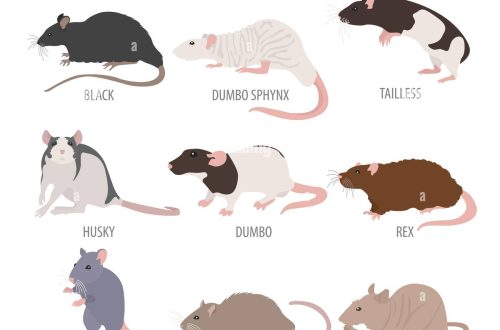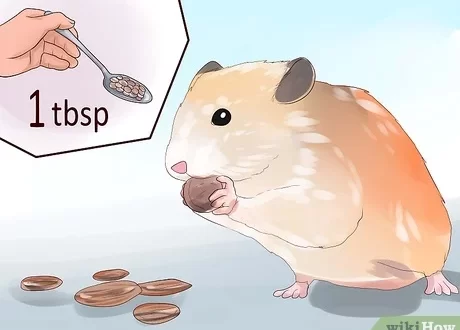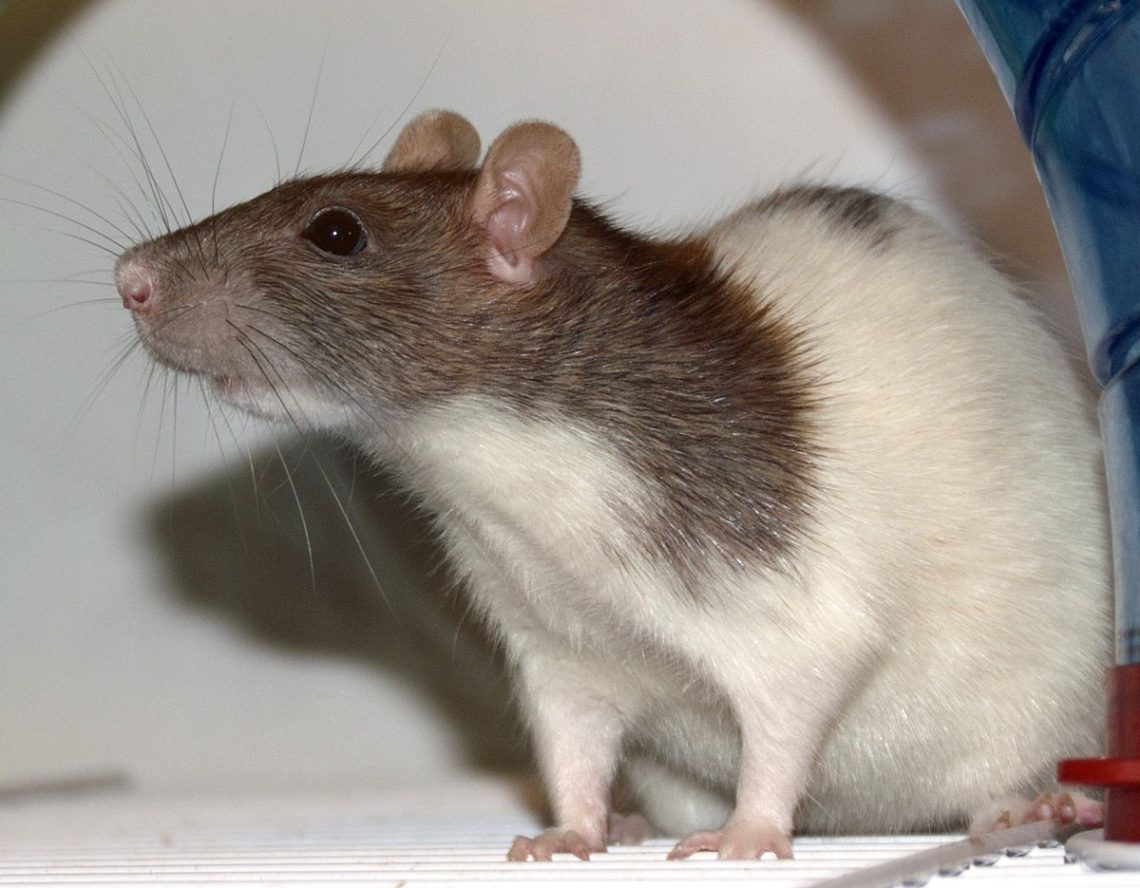
Domestic decorative rats
Contents
Decorative rat: who is it?
The ornamental rat is a mammal of the mouse family (a detachment of rodents). A decorative rat is a rather interesting animal, smart, cheerful and intelligent. They can be affectionate and perfectly trainable, so communication with a decorative rat will be a lot of fun.
Decorative rats come in many varieties and colors.
How to choose a decorative rat?
When choosing a decorative rat, first of all, pay attention to how it looks. A healthy rat is inquisitive and nimble, but at the same time calm. The coat should be smooth and shiny, the eyes and nose should be free of discharge. Don’t pick up a rat that is sneezing or making gurgling noises.
It is better to take a decorative rat at the age of 4 weeks and older.
If you have other rats, do not forget that the new “guest” must spend at least 10 days in quarantine – preferably in another room.
In no case do not leave unattended two unfamiliar adult rats – they can cripple and even kill each other.
The maintenance of decorative rats
First of all, to keep a decorative rat, it is necessary to equip an “apartment”.
Aquariums, and even more so glass jars, are not a good option, since they have high air humidity, and the animal will quickly die.
Another unfortunate option is a bird cage with a wooden frame: the tree does not tolerate urine well, moreover, rats gnaw it with pleasure, so such a cage will quickly become unusable.
The minimum cage size for 1 decorative rat: 40x60x40 cm. However, if the rat is kept in a cage, it must walk every day!
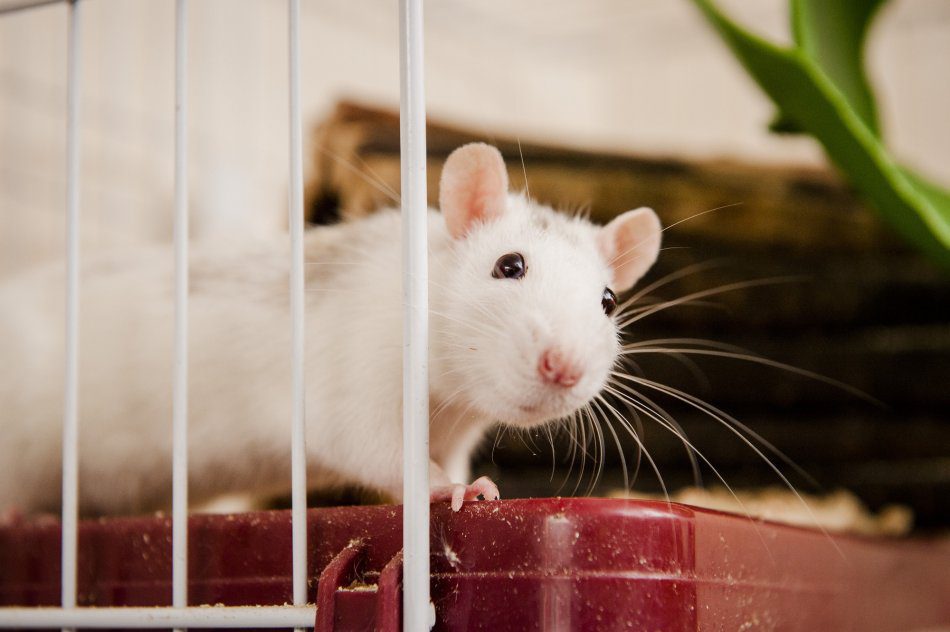
In the photo: a decorative rat. Photo: bluecross.org.uk
Remove the cage as it gets dirty.
A good bedding option for a decorative rat cage is cat litter. However, only cellulose, straw or wood filler can be used, but in no case mineral or silica gel, clumping. You can use sawdust from trees (only deciduous ones!), but they hold the smell worse and get dirty faster. Do not use cotton wool, newspapers or cloth for bedding.
In a cage for a decorative rat, there should be feeders and a drinker. Water must be constantly available, so the best drinker option is an automatic nipple drinker.
Toys, hammocks for sleeping and ropes for climbing also play an important role in keeping a rat.
Remember that animals of different sexes cannot be kept in the same cage – they will constantly multiply.
The cage should be away from the window and where direct sunlight does not fall on it – decorative rats are afraid of overheating and drafts. In the kitchen, a cage with a rat also does not belong – combustion products cause respiratory diseases.
Caring for ornamental rats
As a rule, ornamental rats take care of their hair themselves, but if necessary, they can be washed using children’s or special shampoo for animals. Don’t forget to dry your rat thoroughly after bathing!
Rat care is unthinkable without regular communication, because rats are social animals and get bored and wither away alone. If the rat lives with you alone, you need to talk to her daily, let her out of the cage, play, train.
Remember, however, that walking a decorative rat must be safe. Make sure she can’t reach wires, sharp objects, medicines, or poisonous plants.
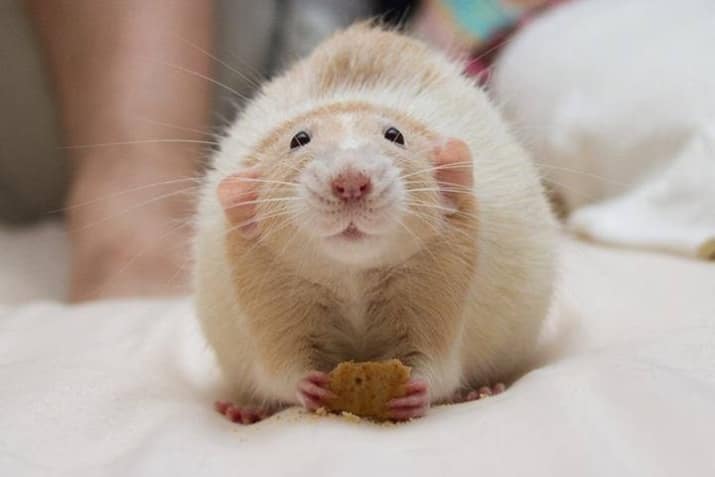
In the photo: a decorative rat. Photo: buzzfeed.com
What to feed a decorative rat?
The decorative rat is omnivorous, but this does not mean that it can be fed with waste from the table.
Do not feed the rat the following foods:
- Sweet.
- Roast.
- Smoked.
- Strongly salty.
- Spices.
- Marinated.
- Alcoholic and carbonated drinks.
- Chocolate and everything that contains it.
- In raw form, the following vegetables: potatoes, sorrel, cabbage, spinach.
- Fresh pastries and bread.
What to feed a decorative rat? Grain mix for rats and water should be available at all times. The water is changed daily.
The food of a decorative rat is renewed 2 times a day (pregnant females – 3-4 times a day).
The rat can also be given boiled meat, porridge on the water, vegetables (raw and boiled), fruits, dairy products, crackers, nuts, lettuce and dandelion leaves.
Juices can cause allergies in rats.
How long do ornamental rats live?
The average life expectancy of a decorative rat is about 2 – 2,5 years. And how long ornamental rats live depends on proper maintenance and care, including disease prevention.
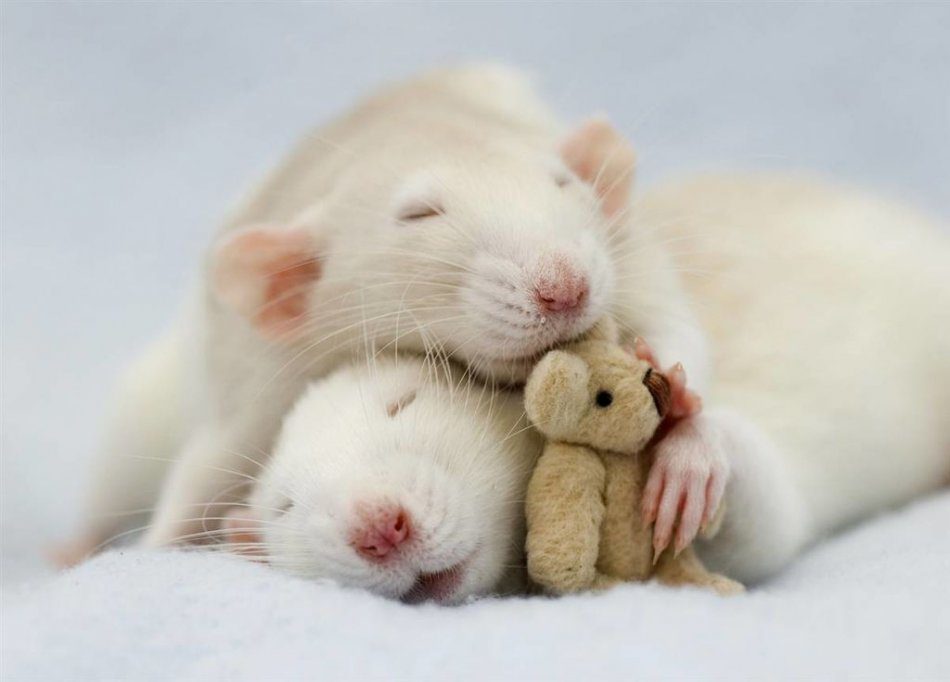
In the photo: a decorative rat. Photo: instructables.com
Remember that the increased metabolism of ornamental rats is the reason that vital processes occur quickly, and if the animal is not helped in time, the consequences will be sad.
Signs that should make you take your rat to the vet as soon as possible:
- Refusal to eat.
- Sneezing
- Whistling and wheezing when breathing.
- A red pigment (profirin) is released from the eyes and nose.
- Dirty hair under the tail.
- Hair loss.
- Wounds or scratches, bald spots.
- Edema and tumors.
- Bleeding.
- Apathy and lethargy.




